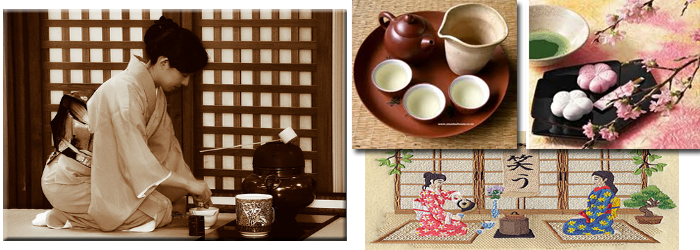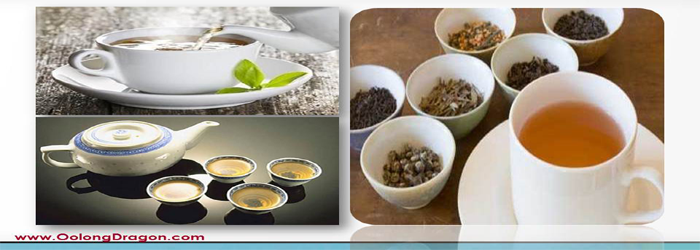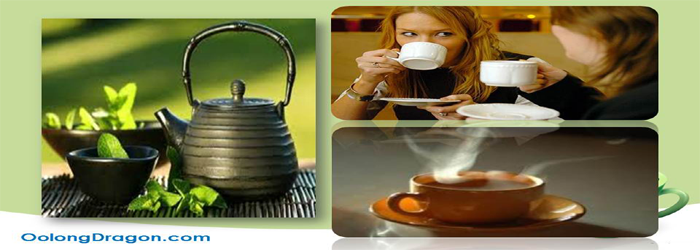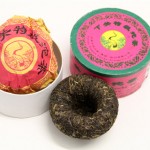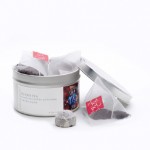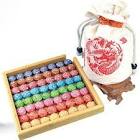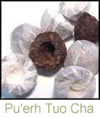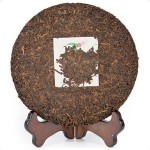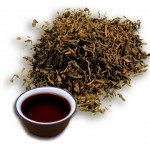To correctly determine Pu-erh tea’s quality, one must be knowledgeable and experienced. The tea’s quality is impacted by several considerations such as the origin of production, the leaves’ source, the leaves’ quality , the method of farming, the period of harvest and storage conditions. A. Area of production: There are four main regions producing […]
Storing Pu-Erh
Green and black Pu-Erh tea can be stored for a long time. The tea’s overall quality becomes better the longer it is stored. Recommended to be used for storage are non-glazed clay containers, both to store the tea over time long and even while drinking because it allows the tea to “breathe” and reduces fluctuations […]
Shaping and Packaging Methods
• Pu-erh tea has a special packaging method as well as many possibilities in shapes when compressed. • Both the green and black pu-erh teas are left as loose leaves or compressed in “cakes” using any of these shapes : a) Brick Tea (Juan Cha) b) Cake Tea (Beeng Cha) this is the most popular […]
Pu-Erh Tea and their Many Health Benefits
Whether loose leaf forms or in tuo cha, these distinctive teas have been consumed in China for a long time for healing and good health. Their soothing qualities help in digestion and are best after eating heavy or oily foods. Recent studies show that they have significant effects in lowering cholesterol, in blood cleansing, and […]
Flavours of Pu-erh Tea
•Green Pu-Erh (Bow Lay, Raw, Uncooked, Green Health Tea•Black Pu-Erh (Bow Lay, Cooked Tea) Available in green and black variants, either loose leaf or cake. Rich and smooth tasting reminiscent of plums, dates or chocolate. Pu-Erh is aged in cellars that are dry but cool to further mellow and add character to its taste. They […]
What are the types of Pu’erh tea and their brewing types
A. Pu-erh tea is classified in two types Sheng pu-erh, also referred to as raw or green pu-erh, is not oxidized. Sheng pu-erh is original pu-erh that is made to age many years before being consumed. Mao Cha is immature sheng pu-erh which needs correct storage and aging. It is less expensive than the aged sheng […]
Production
Pu’erh, or Dayeh, is a big leaf variety of tea cultivated and picked all year unlike other tea varieties that were unavailable part of the year. Although dark Pu’erh tastes a lot like black tea, it isn’t black tea or oolong tea but is a class all its own. Pu’erh’s processing is very similar to […]
Pu-erh’s origins
Historically, the origin of Pu-erh tea dates back to the Eastern Han Dynasty during the period 25 to 220 CE in Yunnan where the leaves were sun-dried. The region’s tea plants had big but tender leaves with hardy stems. At present, Pu-erh tea that have big and wild leaves are considered valuable. As far […]
What is Pu-erh Tea?
Pu-erh was derived from the name of a town situated in the southwest province of Yunnan, China. Even though tea is not actually cultivated here, it used to be quite a popular place for buying tea. To be categorized as Pu-erh tea, it has to come from Yunnan and must be aged tea. Having only […]

